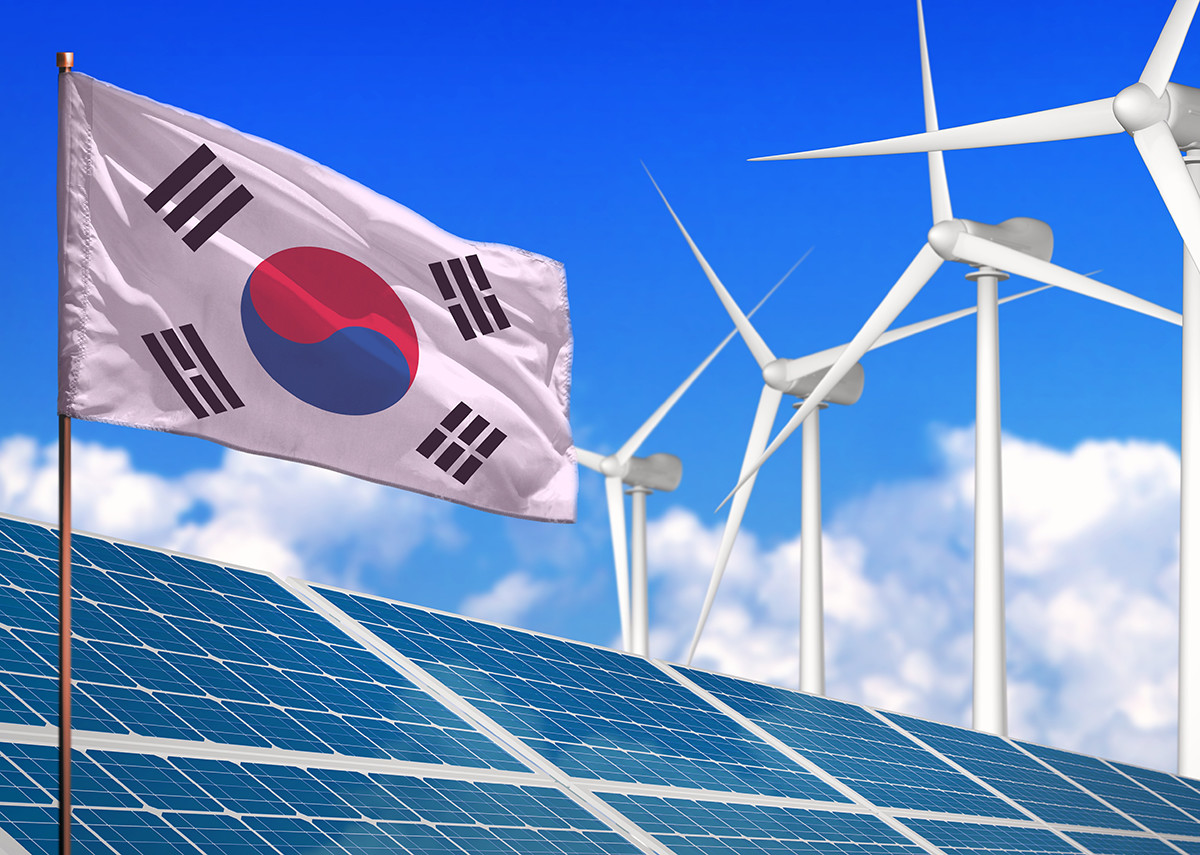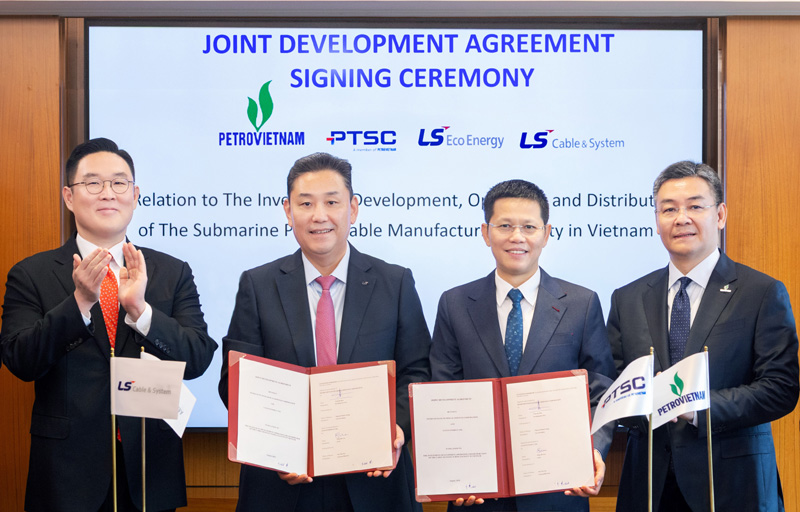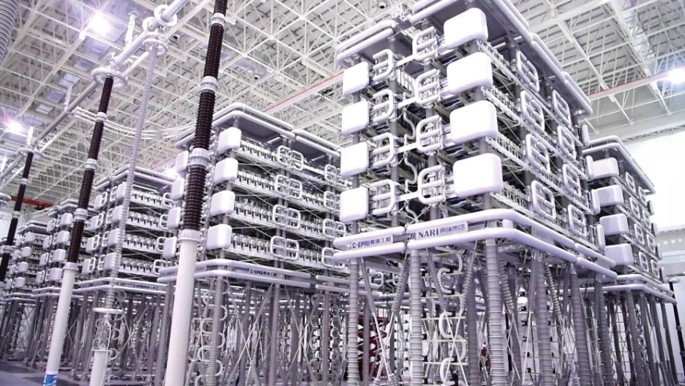US Tightens Restrictions on Chinese Cable Suppliers


Newly announced US government restrictions on Chinese cable suppliers are set to affect the high-voltage direct current (HVDC) cable sector in North America. The policy, formalized by the Federal Communications Commission (FCC) after a vote on August 7, 2025, aims to bar Chinese technology and companies - specifically those flagged as national security threats - from participating in subsea cable projects connecting to the United States.
The FCC’s newly adopted rules block “strategic competitors such as China” from involvement in submarine cable projects for both telecommunications and, by extension, power applications. The regulation covers equipment, maintenance, and vessel usage, aiming to mitigate cyber and physical security risks posed by Chinese suppliers, including Huawei, ZTE, China Mobile, and China Telecom. While initial restrictions focused on communications cables, industry analysts widely expect similar measures to extend to HVDC power cables due to their strategic importance for national energy and security.
The restrictions will have significant effects on project costs and timing. Any project sourcing HVDC cable components or systems from China now faces sharply increased tariffs—ranging from 10% to 25%—and much stricter licensing hurdles, which could raise costs by 20–30%. With US and allied firms needing time to ramp up production capacity to replace lost supply, project timelines could stretch considerably. Chinese companies, historically competitive on cost and production scale, will be locked out of future FCC licenses, pushing the US market toward European suppliers such as Nexans, Prysmian, and NKT, as well as Asian manufacturers like LS and Sumitomo. This shift is likely to favor domestic manufacturing efforts. Offshore wind targets of 30 GW by 2030 rely heavily on HVDC submarine cables to deliver power to shore, and the restrictions could slow deployment and raise costs for projects already approved under the Biden administration. The possibility of future political reversals adds to the uncertainty, and the measures are part of a broader context of trade and technological competition, raising concerns over potential Chinese retaliation in other infrastructure sectors. These regulatory changes also intersect with existing challenges in US permitting, further complicating project delivery.
Following the announcement, shares of Korean and Japanese cable manufacturers surged, reflecting expectations that they will gain market share previously held by Chinese suppliers. US-based cable manufacturers such as SubCom and Corning stand to benefit as well, with potential government incentives encouraging them to expand capacity. This push for domestic and allied supply chain resilience could accelerate innovation, talent development, and strategic partnerships in cable technology, particularly for HVDC solutions tailored to North American grid and offshore wind requirements.








